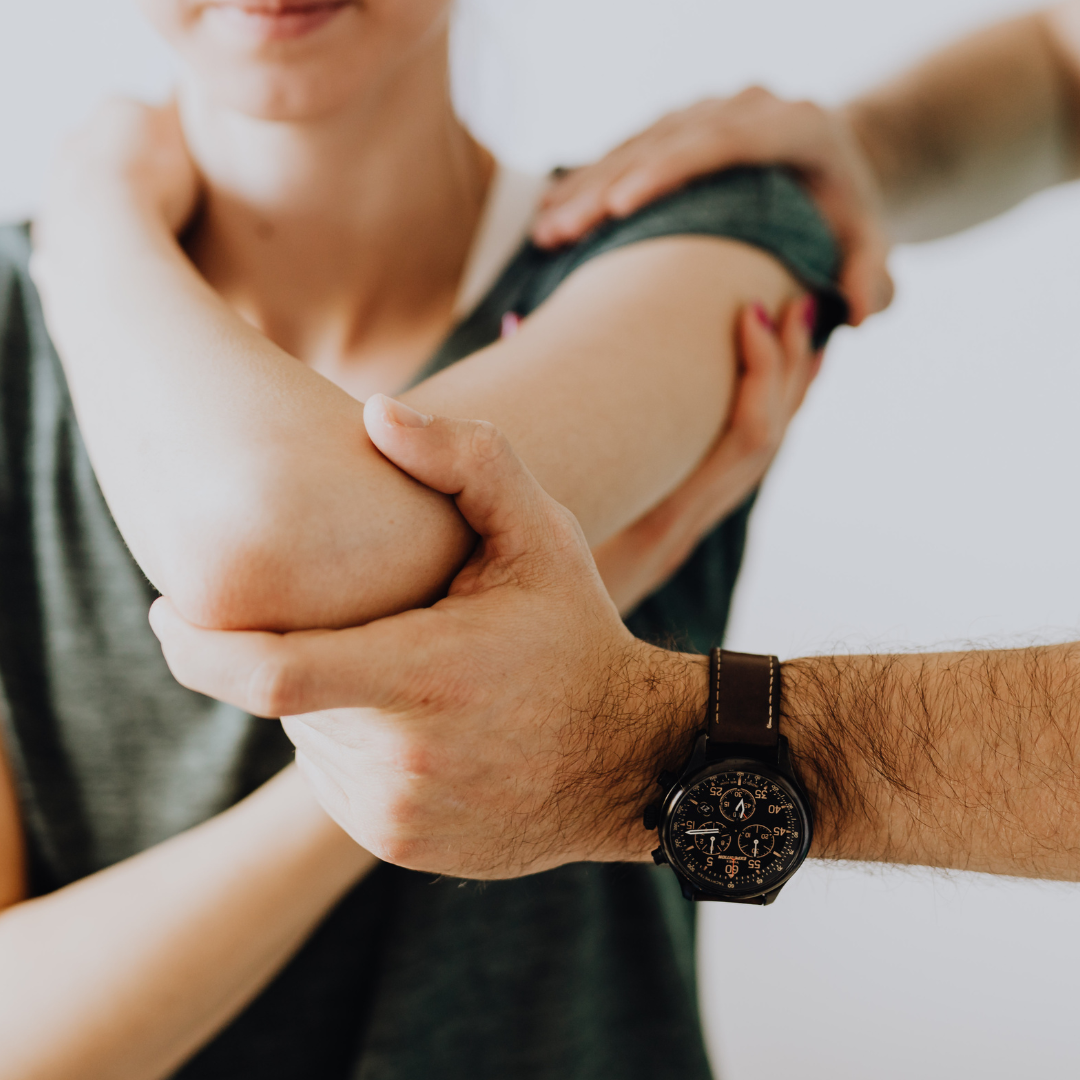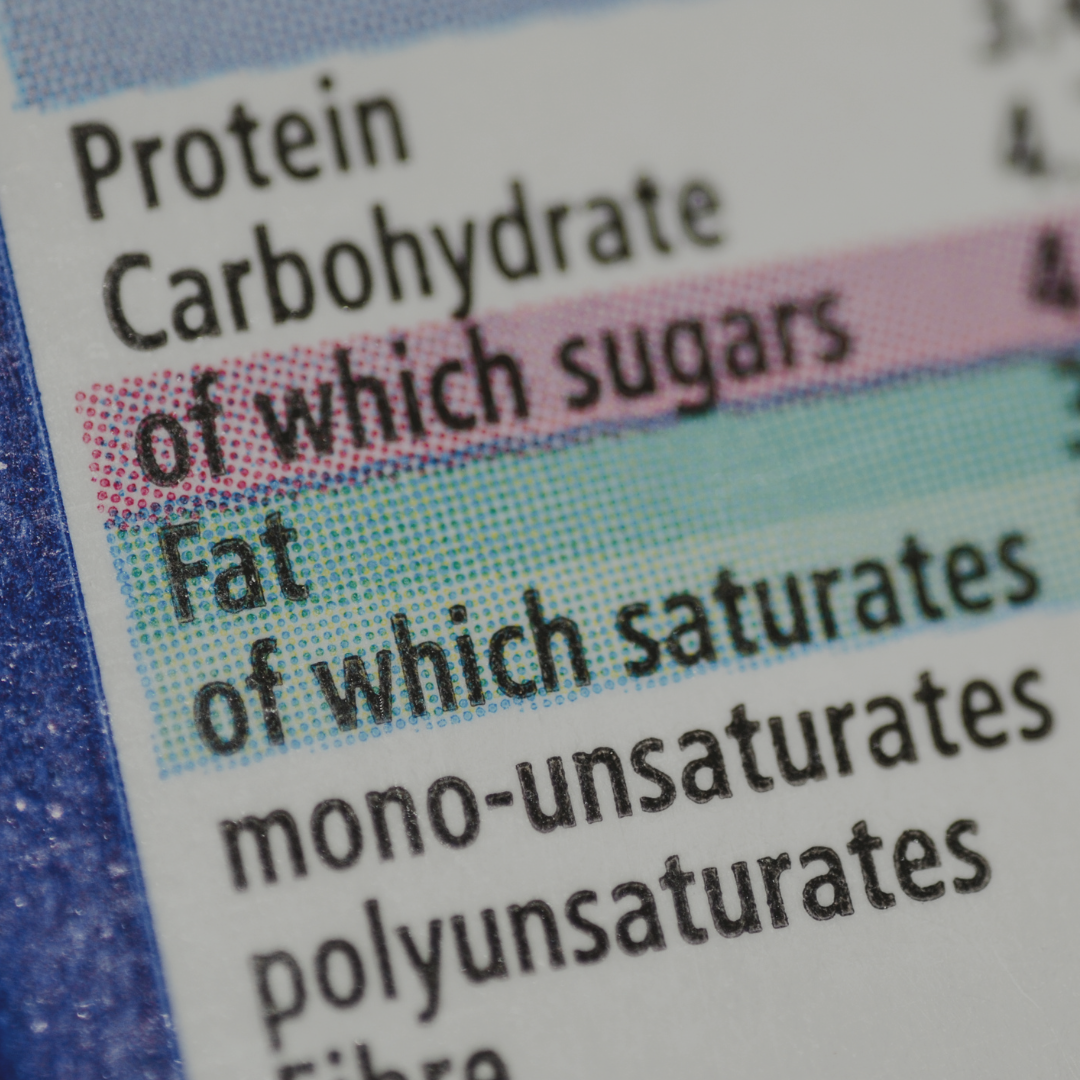Why Joint and Tendon Recovery Matters
Joint and tendon pain is one of the most common reasons athletes, fitness enthusiasts, and even everyday movers struggle with consistency. Whether it’s sore knees, aching shoulders, or tendonitis in the elbows, this type of pain not only limits performance but can also affect long-term mobility.
The good news? With the right healing and recovery strategies, you can reduce pain, protect connective tissues, and keep moving forward.
Common Causes of Joint and Tendon Pain
-
Overuse Injuries: Repetitive movements (like running, lifting, or typing) strain tendons and joints.
-
Poor Recovery Habits: Skipping rest, inadequate sleep, or neglecting mobility work can increase stress on joints.
-
Inflammation: Chronic inflammation contributes to stiffness and pain.
-
Age-Related Wear: Cartilage naturally breaks down over time, but lifestyle factors accelerate this process.
Healing and Recovery Strategies for Joint and Tendon Pain
1. Rest and Active Recovery
-
Allow time for irritated joints and tendons to heal.
-
Use active recovery like walking, swimming, or yoga to promote blood flow without overloading tissues.
2. Mobility and Stretching
Gentle stretches improve flexibility and reduce stiffness around joints. Mobility work helps lubricate joints with synovial fluid, keeping them healthier over time.
3. Strengthening Supporting Muscles
Weak muscles put extra strain on tendons and joints. Focus on strengthening stabilizers (like hips, glutes, and rotator cuff muscles) to relieve stress from painful areas.
4. Nutrition for Joint Health
-
Protein: Repairs tissue and supports recovery.
-
Omega-3 fatty acids (salmon, chia seeds, walnuts): Reduce inflammation.
-
Collagen & Vitamin C: Support tendon and ligament repair.
-
Vitamin D & Calcium: Maintain strong bones and joints.
5. Cold and Heat Therapy
-
Ice: Reduces swelling and inflammation after flare-ups.
-
Heat: Relaxes stiff muscles and increases circulation during recovery.
6. Massage and Myofascial Release
Foam rolling, massage therapy, and trigger-point release can relieve tight tissues that stress tendons and joints.
7. Supportive Therapies
-
Physical therapy: Corrects imbalances and provides targeted rehab.
-
Bracing or taping: Offers extra support during flare-ups.
-
Low-impact exercise: Cycling, swimming, and rowing keep you active while minimizing joint stress.
8. Sleep and Stress Management
Recovery happens when you sleep. Poor rest slows down tendon and joint healing. Mindfulness, meditation, and stress control lower inflammation and improve recovery speed.
Preventing Future Joint and Tendon Pain
-
Warm up properly before training.
-
Gradually increase intensity instead of overloading quickly.
-
Include mobility, stretching, and stability work in your weekly routine.
-
Listen to your body—pain is a signal, not something to ignore.
Final Thoughts
Healing joint and tendon pain requires a balance of rest, therapy, and smart lifestyle choices. By focusing on nutrition, recovery techniques, and strengthening the muscles around your joints, you can reduce pain, prevent injuries, and stay consistent with training.
Your joints and tendons are the foundation of movement—treat them with the same care you give your muscles, and you’ll build strength and resilience that lasts for life.
Share


